Erzetich make a habit of telling you their products are evil animals, and that they need to be tamed after the company cage them in the cardboard boxes ready for their new home. Even the company logo looks like a bull ready to charge at you, being a circle with two horns. Janine Elliot runs with the bulls with the Perfidus Class A headphone amp costing £999.
The Perfidus has the words “class-a evil headphone amplifier” on the front panel, and actually arrived quite tame, though I needed to keep it busy house-training it for a few hundred hours until it started to behave at its very best.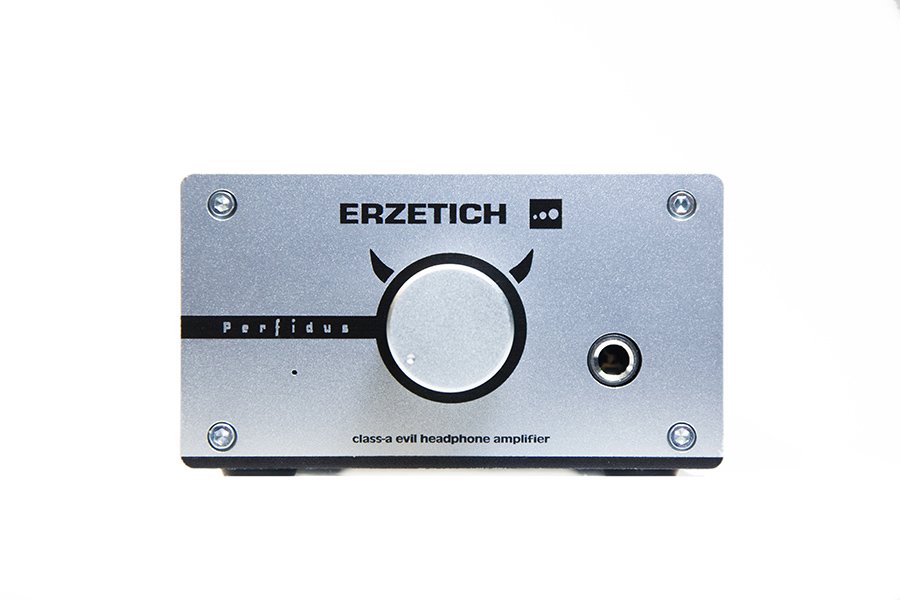
This relatively new Slovenian company are proud to just stick with just designing headphone amplifiers and a cute headphone stand, and designer Blaž Erzetič has four models in the range headed by the Deimos, his latest incarnation, for serious audiophiles who can afford the €4000 price tag. The Perfidus is the second from the top, at £999, which was more in line with most of my own headphone amps and those I have reviewed over the last few years.
Blaž Erzetič has been playing with electronics since his teens; going on to study electronics and being involved in sound for almost 25 years, though actually having spent most of his professional career working in graphics as a designer, illustrator and photographer, and teaching at two Slovene universities. Like many audio manufacturers, he is also a musician having released 4 albums. Much of the monitoring in studios is done on headphones, and Blaž being unsatisfied with what was available, has been spending his time since 2012 improving personal monitoring; setting up Erzetich, a company producing headphone amplifiers which are effectively small power amplifiers.
In an age of headphones costing prices unimaginable just 10 years ago, he believes they should be fed with amplifiers that can give them due justice. As a music professional himself he has designed a headphone amp range for “music lovers, sound studio engineers, on-stage sound engineers, musicians, DJ’s and other sound professionals”. Great credentials then for everyone who wants to listen to music, and by an artist who claims that “When I design a headphone amplifier, I intend to create a work of art”.
The Perfidus is basically a class-A amplifier, but one that is much different to how I expected it to be; the amplification is in the first stage using the OPA627 op-amp with the Class-A part as the next stage using STMicroelectronics BD139 (NPN) and BD140 (PNP) bipolar transistors. This end stage, along with four other transistors is mostly just a current buffer, acting in push-pull with gain just a bit higher than 1. As Blaž informed me, it also has another op-amp “which is a fine tuning for DC component in the output (it pushes DC towards zero)”. What it does is detect DC offset voltage and corrects it. According to him, Class-A headphone amps can have a tendency to increase DC offset drift which he suggests might be dangerous for the headphones. The main four transistors (BD139/140) are conveniently bolted to the side unit (the bolts show – on the side of the unit) acting as the heatsink, and the unit also features an Alps Blue Velvet volume potentiometer and WIMA high quality pulse input capacitors. Power is provided by a small toroidal and 4 Rubycon power stabilization capacitors totalling 40,000 uF at the rear of the shoe-box shaped unit. The box itself is of good design in grey matt finish, and sporting a 7mm aluminium front panel which has the aluminium volume knob, headphone jack and an LED light. The rear of the unit has the RCA input sockets and IEC plug plus on-off toggle switch. The first version of this headphone amplifier had a non-detachable power cord, so I am glad that this has been amended, though I needed to ensure the IEC lead was inserted fully or it would cut out; the socket being slightly loose.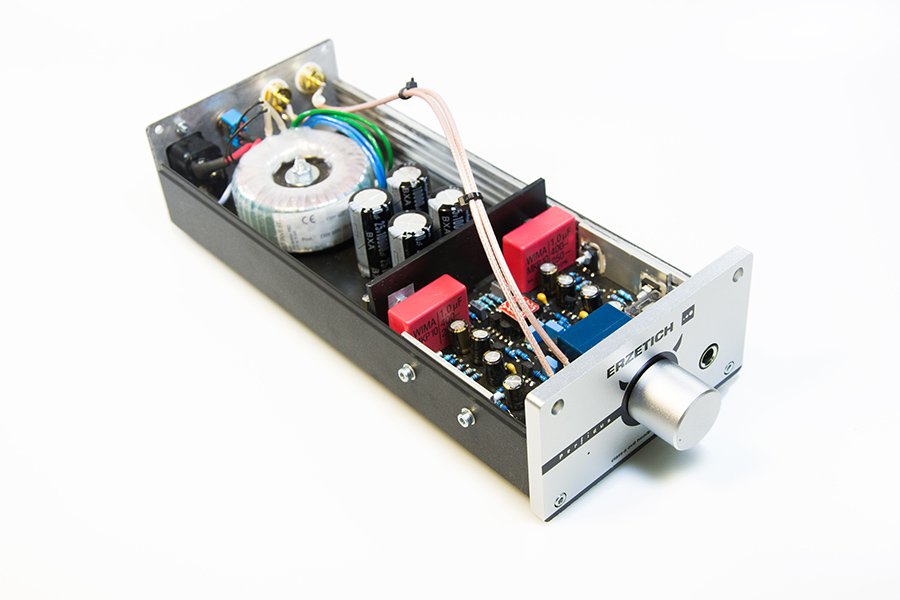
Running flat from 4Hz-40kHz this amplifier gave me a lot to think about. Where many headphones work OK with whichever cans you plug in, some, like the Perfidus, work great with certain headphones and not so good with others. Plugging in my usual Audio Technica ATH-W1000 headphones gave for an incredible top end detail and lively portrayal of the music, but the bass end was just not there enough for me to be satisfied. These headphones are not known for their bass end but having an excellent mid and treble detail and angled drivers giving a good natural soundstage, as well as their incredible comfort over long listening sessions, make them my usual first choice. They just don’t work on the Perfidus. Playing Patricia Barber Café Blue gave a pin-sharp performance that was highly addictive, especially the gentle ride-cymbals, but her voice was just too clear and sounding a touch sibilant on the top end.
However, plugging in the Sennheiser HD650 gave for a powerfully involving sound covering all frequencies with superb headroom, sounding quite better than I imagined these headphones could ever sound. These might well not be the best in today’s hype over planar designs, but for professional sound engineers they, and the HD800, are a reliable source of sound reproduction. The lower impedance Audio Technica’s didn’t work so well, but the load wasn’t the de Facto, as when trying a friend’s 45Ω Hifiman HE560 they gave a very good all-round performance. These planar’s are known for their lack of distortion and high speed but low output, and the Perfidus could show off these cans working well at both low and high frequencies, turning Patricia’s voice into a human again, with enough gain to run these low sensitivity planars well.
I guess what I am saying is that if you intend to purchase the Perfidus you should try it with your choice headphones.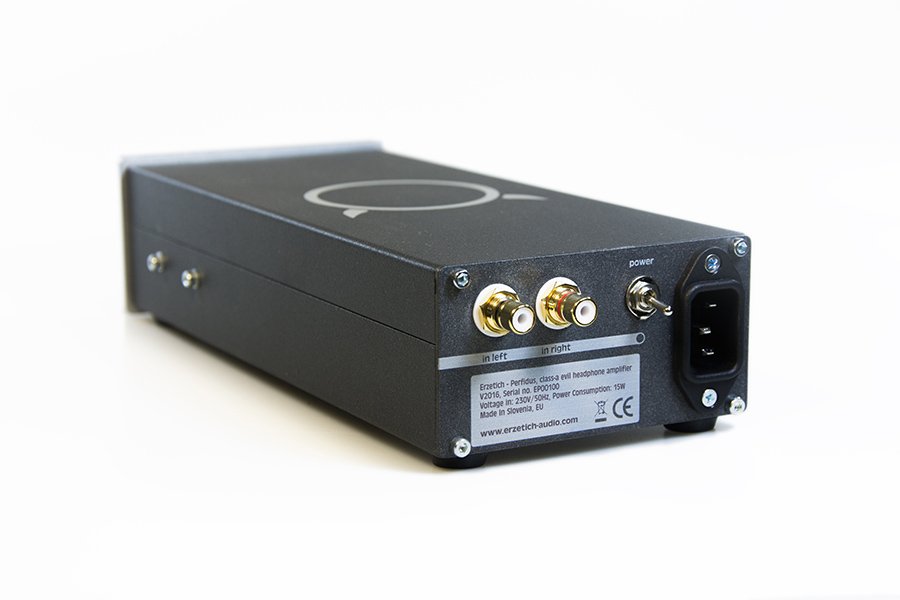
I also plugged in the lower-end but highly satisfying 32Ω Meze 99’s which again showed how versatile the amplifier is with both cheaper and more expensive headphones, as well as a variety of other headphone designs. ELO’s In the Hall of the Mountain King (based on Grieg, from the album ‘On the Third Day’) has so many different elements of music from close mic’d cellos and loud drums and out of tune piano, the Peridus was able to untangle the different elements into their separate niche’s and make listening both intuitive and enjoyable.
Perfidus means ‘faithless’ or ‘treacherous’, and whilst I had full faith in this machine, it really did want to argue and take risks with the music; this wasn’t just going to sit down and be sweet, it wanted to show the music for what it was; identifying every nook and cranny in the music.
And I loved it.
Stravinsky’s Symphony in C (Charles Dutoit, L’Orchestre de las Suisse Romande) is full of off-beat accentuated quaver bows in the string section and brass bursts and kettle-drum rolls and then silences. This work is hard to relax to at the best of times but great to perform, and this headphone amplifier gave a very credible performance, keeping my attention from the first beats to the distant fading into silence at the end. Turning to Dave Brubeck Blue Rondo, the clarity from all musicians including space between the instruments shows a really good link between sound engineering and electrical engineering. The Meze was more laid back in the high end than is the Audio Technica, with the Sennheiser the better in terms of detail and full frequency reproduction.
Being a woman of sound waves rather than those on the sea I thought it appropriate to play Michael Franks ‘Women in the Waves’, a well recorded song covering tight percussive rhythms and smooth vocals, and I wasn’t left drowning in confusion, rather given a performance of excellent power reserve and authority showing the Perfidus is meaty with all frequencies and sounding like I expect a fully-fledged Class A power amplifier should. Prokofiev Piano Concerto No3 (Mstislav Rostropovich and Russian National Orchestra) was forceful but precise, giving excellent depth of sound and ‘bite’ that this Russian work commands. My only complaints was what i assume to be a slight earthing problem when touching the volume knob which gave buzzing sound whether or not a source was attached to the back RCA sockets. I tried this through my mains conditioners and found a similar result. Connecting mains powered sources reduced this, though not completely. I can only assume this was just an issue with the review sample. 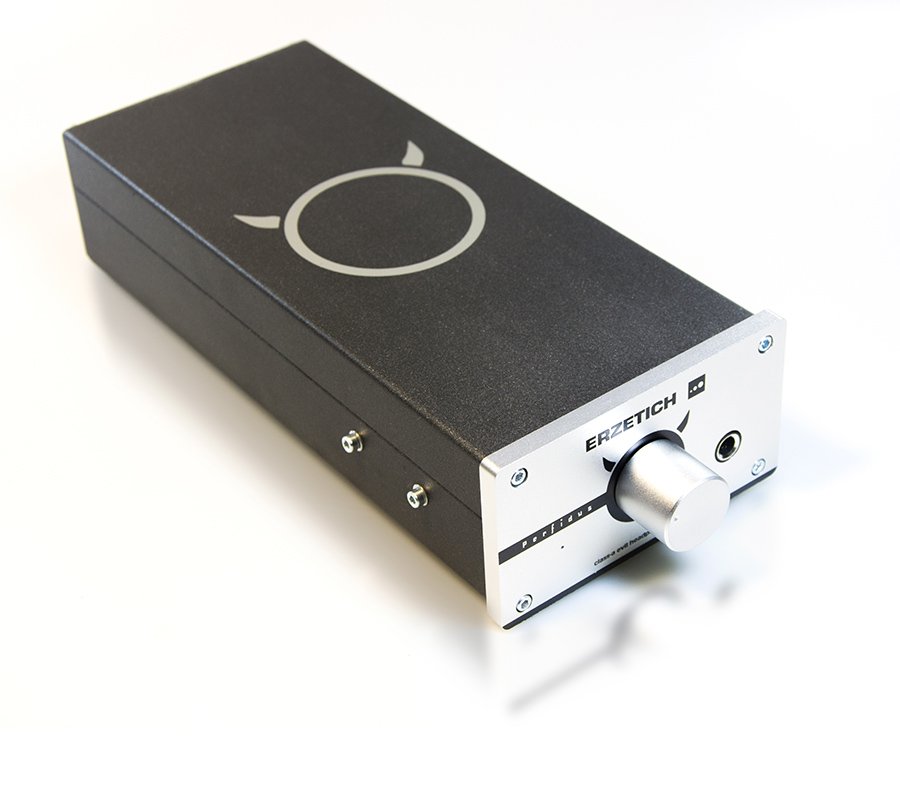
Conclusion
I really enjoyed playing music through this headphone amplifier. Blaž Erzetič truly understands the importance of providing enough power and a design philosophy to give a well immersed and professional listening experience. This amplifier worked well with whatever music I provided, and surprising me at just how good the now aged Sennheiser HD650 could be. The Perfidus is a responsive and dynamic performer with a clear and detailed sound.
There are so many headphone amps coming into the market-place these days, and particularly from the lesser known and Eastern countries, that it is vital you take a good listen before you buy. With the Perfidus you won’t be disappointed!
BUILD QUALITY: solid construction with good electrical design that is only let down by the mains socket
SOUND QUALITY: Bright and quick, and with a classy bass end making listening on headphones very pleasurable
VALUE FOR MONEY: At a pound short of £1000 this is competing with a lot of other headphone amps. For a Class A poweramp in miniature this is money well spent.
Pros:
Devilish Class-A warmth and power
Excellent bass and clean treble
Bright and quick sound
Cons:
Can be choosy as to which headphones work best
Price: £999
















































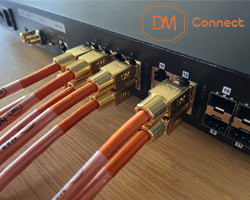
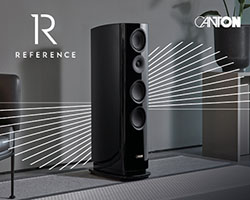


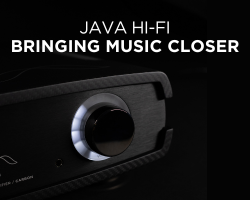




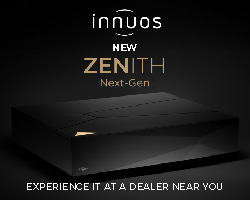
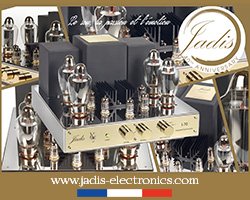

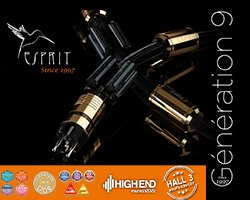
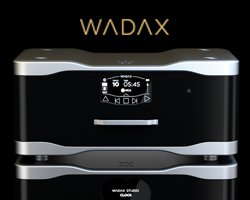
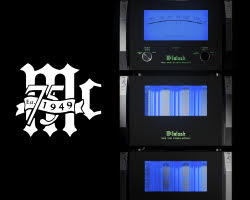
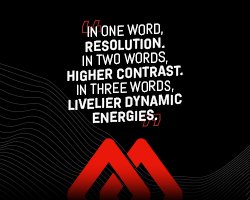




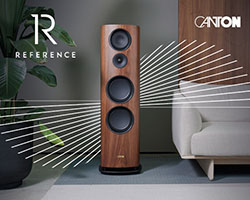
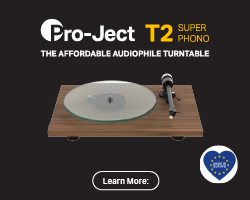


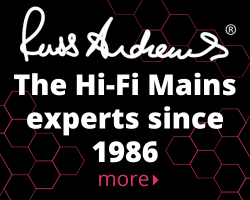
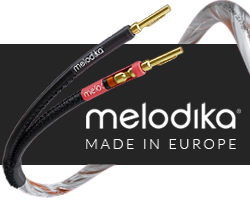
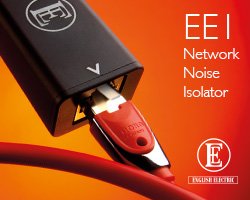


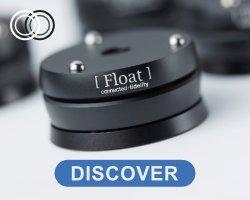

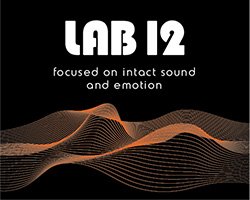




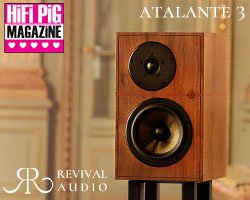



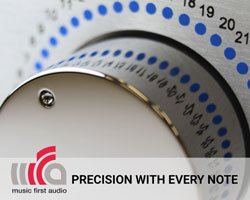



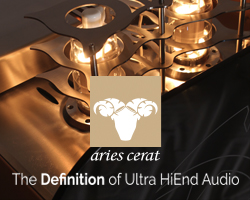

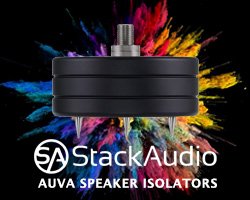
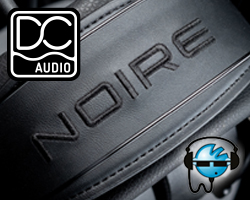

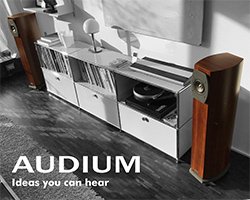
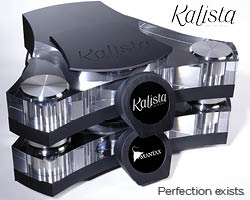




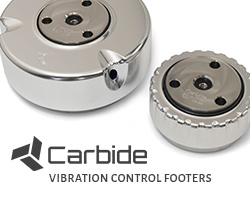


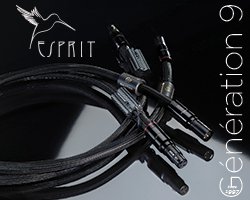

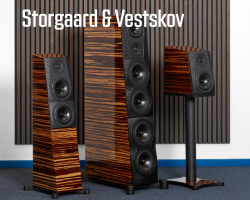



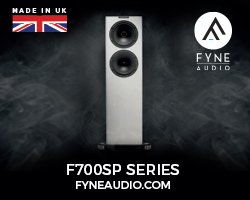

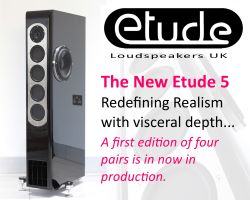

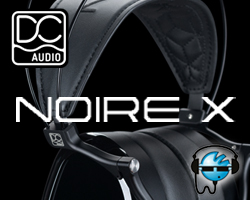


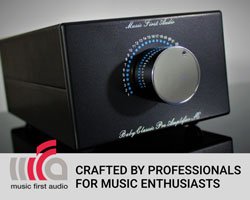

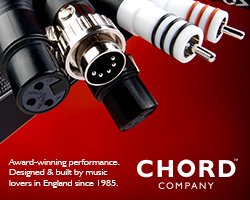














































You must be logged in to leave a reply.